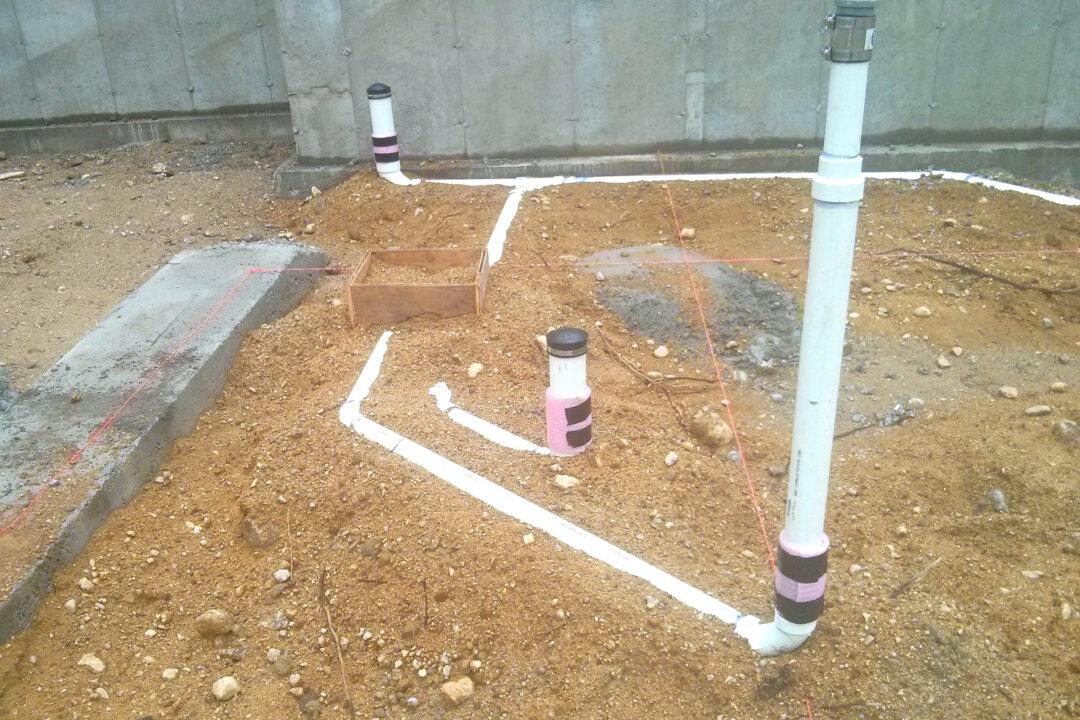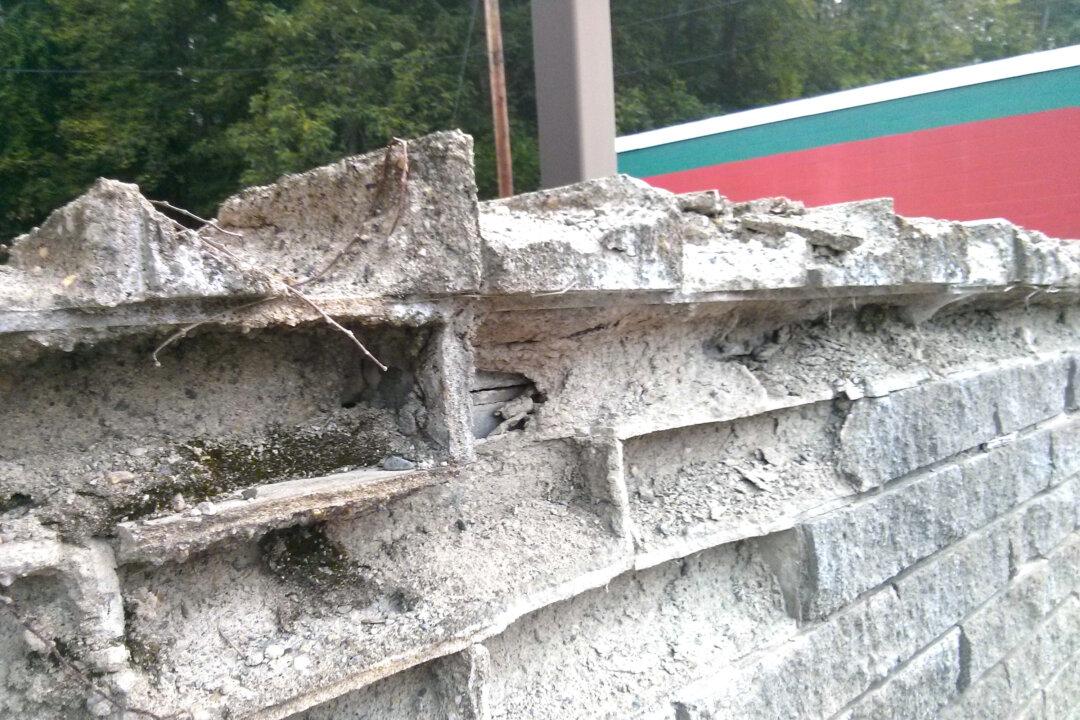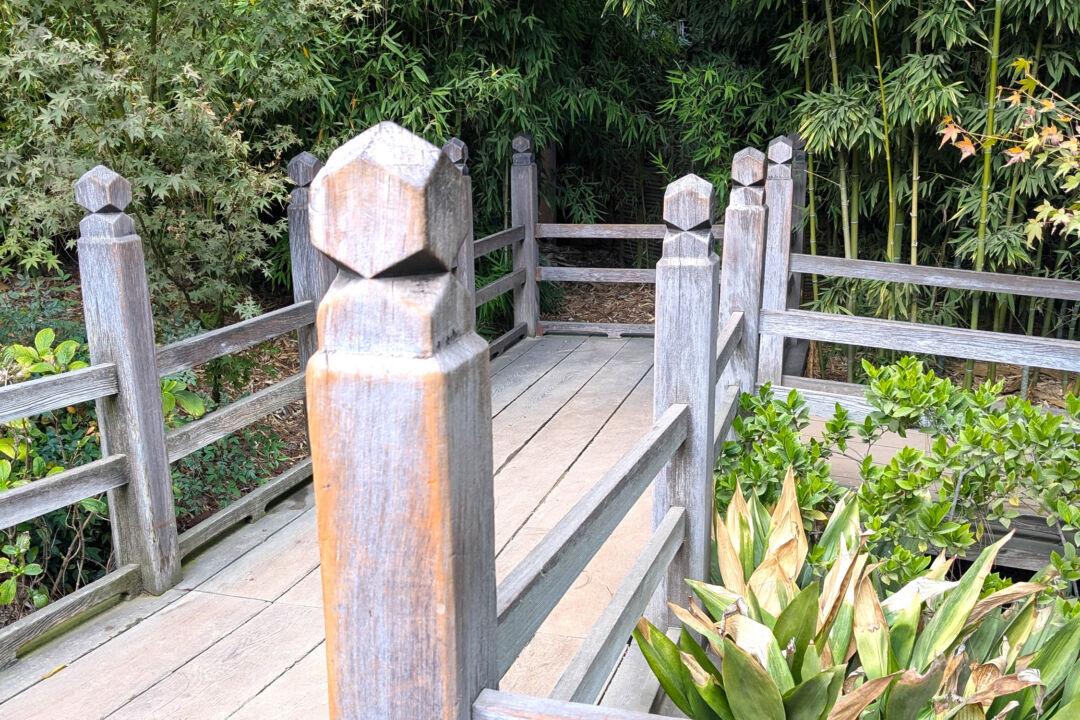A few days ago I took my American Dirus dog for a walk in the southern New Hampshire town of Hudson while my wife was shopping for plants with my son. Willow and I went to Benson Park, an old zoo that is now a marvelous municipal park.
The place was alive with the laughter of children, and I could sense the bygone excitement of the thousands of people who had walked the same pathways over the past seven decades. All those years ago, they were about to see camels, alligators, bears, elephants and many more exotic animals.
Park benches were plentiful, but one in particular caught my eye, as it was nestled under a weathered, simple yet elegant pergola.
While Willow was using her nose to make a mental note of all the other dogs who had been to the same spot, I used my eyes to take in the beauty of this structure. I thanked the architect or carpenter who had come up with the idea for the pergola’s interlocking 5/4 x 10 rough-sawn cedar used to create the shade screen that measured 12 by 16 feet. It was the perfect size, in my opinion.
As strange as it seems, the first thing that I noticed was the extra simple trim lumber that had been used to fatten the four support posts. While it was unnecessary, this small touch created both visual appeal as well as a subliminal message of strength. Think about an elephant’s lower legs compared to a gazelle’s. The elephant telegraphs sturdiness, power and stability.
Fortunately, no one had ever painted this masterpiece. I’m sure it had been stained at one time, but that was years ago, as the cedar wood now sports a distinctive gray color much like my own hair. It’s vital the park staff clean and seal the wood soon, in my opinion. Water and sunlight will eventually take their toll and the majestic pergola could end up as dumpster fodder or kindling wood.
When you seal your pergola, or any outdoor wood, always try to use a penetrating sealer made with synthetic resins. You also want one with a medium color. The color pigments act like sunscreen, sacrificing themselves to the ultraviolet (UV) rays that contain photons. Keep in mind that penetrating wood sealers don’t peel like film-forming sealers that seem to dominate the marketplace.
The cynic in me thinks the sealer manufacturers promote film-forming sealers because when they fail, your deck, pergola or outdoor wood furniture looks horrible faster. This means you need to buy more sealer in fewer years.
If you plan to build a pergola this summer like the one I saw at Benson Park, you only need a few tools. But before you buy any lumber, you need to visit your local zoning office to see if you’re even allowed to build one. Some cities, towns and even HOAs have very rigid and restrictive codes that limit what you can do on your own land.
Once you know you’re allowed to construct your pergola, it’s time to think about its primary purpose. Will it be simply decoration or will it be functional? What will you do under it? Sip an iced coffee, read a book, play harmonica, set up your outdoor amateur radio, play chess? Give thought to the furniture you’ll need, and make sure it fits with ease under the structure. You don’t want to be bumping into the support posts.
I can’t stress enough the importance of this planning step. All too often, folks think a certain size will work because the space seems so large. But as you start to move furniture in, the large space shrinks.
Spend the extra money to use stainless-steel nails, screws, bolts and nuts. Beware of cheap electroplated galvanized hardware. It looks great but that ultra-thin coating of zinc wears off faster than a two-week honeymoon. Once the metal begins to rust, it can permanently stain your expensive cedar or redwood.
Don’t underestimate the power of wind. You’ll thank your lucky stars that you attached the pergola to concrete piers using hold-down anchors when you get an alert on your phone about an approaching severe storm packing wind gusts of 50 mph or more. The last thing you want is to see your pergola lift up off the ground and float or tumble into a neighbor’s yard.
My best advice is to go hunting for pergolas near your home. You might find them at garden centers, city or county parks, or in public gardens. Take your tape measure and notebook with you. When you spot one that makes you melt, it’s time to take measurements and photos, or even sketch it so you can recreate it in your backyard. Don’t try to reinvent the wheel, it’s better to just copy one or tweak one that you already love.





